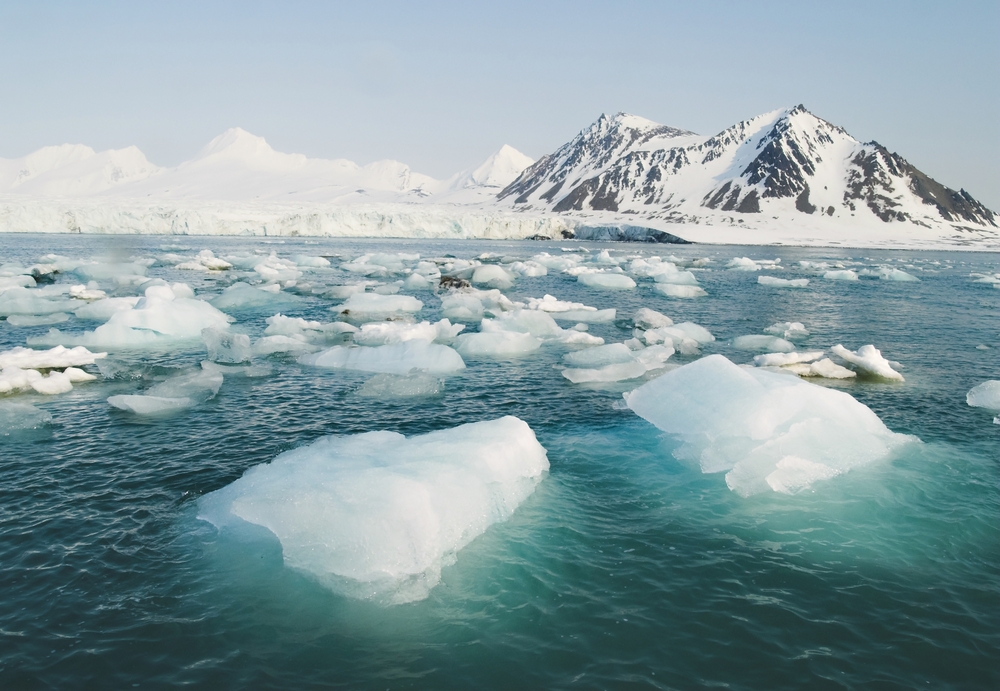
The temperature in the Arctic continues to increase at twice the rate of any other area on the planet. It appears that this trend will continue. If this trend in the atmosphere continues along with warming weather patterns, this could mean drastic results for the environment on a global scale.
Should the ice in the Arctic melt completely, the impact of that would reach species causing them to become endangered, and have an impact on the population as a whole, increasing the global concern for warming.
The forming of sea ice is an important part of global circulation in the ocean. This sea ice releases salt into the ocean, thereby increasing it in density. This is a vital occurrence in the global circulation of the ocean.
When temperatures rise, less sea ice is formed and therefore less salt expelled into the ocean. The natural cycle and process is thereby inhibited.
The warming of the globe due to human touch affects this area in many ways. Greenhouse gases emitted by human technology seem to be the trend that is warming sea ice. Sea ice is like a blanket covering the ocean and keeping it cool. The cooler the ocean, the cooler the atmosphere.
There are many side effects and negative impacts because of the rising temperature in the Arctic increasing ice loss.
Rising Sea Level – If there is less ice, global circulation of the ocean is impacted. Sea ice melting has an impact on the sea level rising. Fresh water is not as dense as salty seawater. Global sea level rise could increase as a result.
Change in Natural Weather Patterns
Sea ice that melts quicker than it is supposed to could mean a further loss of cooling measures, which would seriously affect global weather for many years to come. Since the jet stream will have to accommodate this precipitation pattern and move along further north, other areas dependent on precipitation may be left out in the cold. As a result, areas dependent on that precipitation may see drought, whereas other areas can see the impact on the voracity of things such as monsoons and hurricanes. Whenever the jet stream changes, this affects the patterns of weather for the entire globe.
Endangered Species
Marine ecosystems depend upon sea ice in many ways:
• Providing a natural habitat
• Regulating water temperature
• Providing food for marine mammals and birds
Birds, seals, whales, and polar bears use the ice for hunting, fishing, nesting, and raising their young. Without these valuable sea ice plateaus to hunt and rest on, these species become endangered.
As you can see, the melting ice in the Arctic does not only affect that area. It affects the species that belong to that area, as well as the environment, but more importantly, the planet as a whole.

